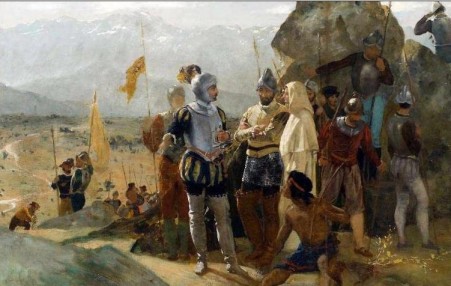These wars confronted Greeks and Persians (499-449 B.C.).
The Persian Empire, which at the time stretched through all Asia Minor, also wanted to assert its authority over the Greek cities of Ionia, in the western coast of the Anatolian Peninsula.
But the Ionians revolted in 499 B.C., led by the city of Miletus. Athens supported them and sent 20 ships in their aid. However, in 494 B.C., the army of Persian monarch Darius I managed to control the revolt and destroyed and burnt Miletus.
In 490 B.C., the Persian army arrived at Marathon, but was defeated by Athenian forces.
Ten years later, the Persians, now under king Xerxes, attacked again. Their army crossed the Hellespont and headed south. In the battle of Thermopylae (480 B.C.), they vanquished a small army of Spartans led by King Leonidas.
Persian advances made Athenians abandon the city and flee to the neighbouring islands. Attica was devastated, Athens destroyed and the sanctuaries on the Acropolis burnt.
However, retaliation came quickly. Athenian Admiral Themistocles destroyed the Persian Fleet in the Battle of Salamis (480 B.C.). One year later, a Greek army led by Spartan Pausanias achieved final victory in the Battle of Plataea.
After the war, Greeks and Persians signed the peace of Callias (449-448 B.C.), which ratified freedom for Greek cities. As a result, Athens became the main Greek city-state, having united almost all islands in the Aegean and the Greek cities in Ionia in the Delian League. Sparta was left with continental supremacy.







